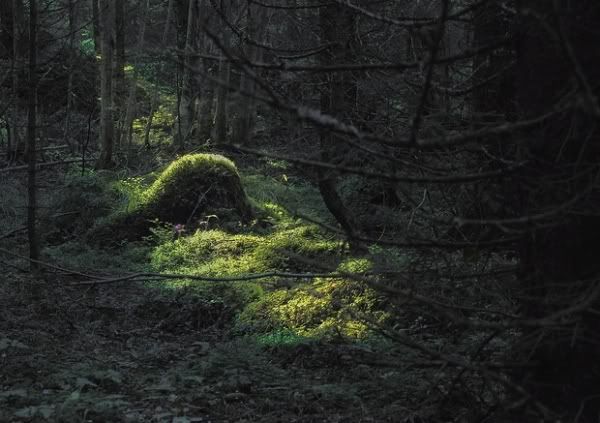Opinions on abortion are still divided and the topic causes heated debates from time to time, not least during the Presidential campaigns when hopeful candidates speak of their personal outlooks. Yet if the termination of an unborn child with no consciousness is not divisive enough, two ethicists working with Australian universities claim in the Journal of Medical Ethics that “after-birth abortion” should be permissible from an ethical standpoint.
After-birth abortion, once the name has been peeled back, simply means murder, although the two ethicists in question, Alberto Giubilini and Francesca Minerva, prefer the term to murder or infanticide because it emphasises “that the moral status of the individual killed is comparable with that of a fetus”. Also rejected is the term euthanasia, because the reason for the killing may not be because of the child’s best interests, but those of the parents.
Part of the controversy regarding abortion is deciding at what point the termination should be allowed, with current rulings settling at 24 weeks. After-birth abortion would necessitate extremely grueling, confusing and rigorous rules to determine an acceptable case, and Giunilini and Minerva state that it will be acceptable in such instances as putting the well-being or life of the family at risk, and consider Downs Syndrome as a good example because “such children might be an unbearable burden on the family and on society as a whole, when the state economically provides for their care.” Ultimately this would mean that any newborn that puts a psychological, social or economical burden on parent or society could be subjected to an after-birth abortion. The potential risk should this ever become law is setting the stage for eugenics, where, hypothetically, new criteria could be set for an ‘acceptable’ human being and anything less than that would be considered a burden on the family or society. This would be less likely if the decision relied solely on the parents, but if societal burdens were brought into the equation then the possibility of state interference could not be ruled out.
According to the authors, after-birth abortion is morally acceptable because newborn babies are not people in the “morally relevant sense” but instead are “potential persons” because to be considered a person, in their opinion, means being “an individual who is capable of attributing to her own existence some (at least) basic value such that being deprived of this existence represents a loss to her.” However, this viewpoint does not seem to touch upon how a child with perfect mental capacity – that would understand its existence – but a physical condition that would burden the family or society would fit into the suggestion of after-birth abortion. Essentially, Giubilini and Minerva are asserting that, from an ethical standpoint, newborn children should not be considered actual persons anymore than a 23-week-old fetus is, despite the state of consciousness that a born child has. This is highlighted in their defence of after-birth abortion that “merely potential people cannot be harmed by not being brought into existence,” although they make no attempt to define at what age someone is considered an “actual” person.
For many, this idea would seem abhorrent. Yet there is the case of at least one woman that may confuse the issue because she wishes her son had never been born. Not for reasons of not loving her child, but because his condition will not only kill him in the near future and causes intense suffering for the child and his family while he is alive. In other words, this is the sort of scenario Giubilini and Minerva were likely thinking of in their paper.
Emily Rapp is the woman in question, and her son Ronan, who is nearly two, suffers from the progressive genetic disorder Tay-Sachs disease. Although still alive, Ronan is paralysed and blind as a result of the disease. His mother says that had she been aware during her pregnancy that her son would suffer daily seizures and be paralysed to such a degree that he cannot even swallow, she would have saved him the pain and suffering and opted for an abortion – but his condition went undetected. Emily Rapp stressed that while she would have had an abortion, it “would have been a different kind of loss to mourn and would by no means have been a cavalier or uncomplicated, heartless decision.” She also goes to great lengths to ensure people know her words are not borne out of a lack of love for her son, but rather her love for him is so great she wants to spare him the pain – to the point that she would live without him: “I’m so grateful that Ronan is my child. I also wish he’d never been born; no person should suffer in this way…with no hope for a cure. Both of these statements are categorically true; neither one is mutually exclusive…I love Ronan, and I believe it would have been an act of love to abort him, knowing that his life would be primarily one of intense suffering, knowing that his neurologically devastated brain made true quality of life…impossible.”
It goes without saying of course that wishing you had undergone an abortion in hindsight and killing a child you can physically hold in your arms are not the same thing, but does a real-life example of a parent who sees the suffering in her child’s life and a degree of kindness in termination blur the lines of morality enough to make after-birth abortion an acceptable idea? Or is it the case that it opens too many possibilities for abuse; that people suffer at any age and we need to just accept that is how life is?









